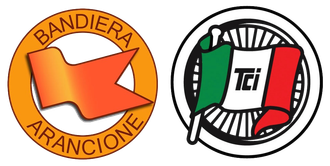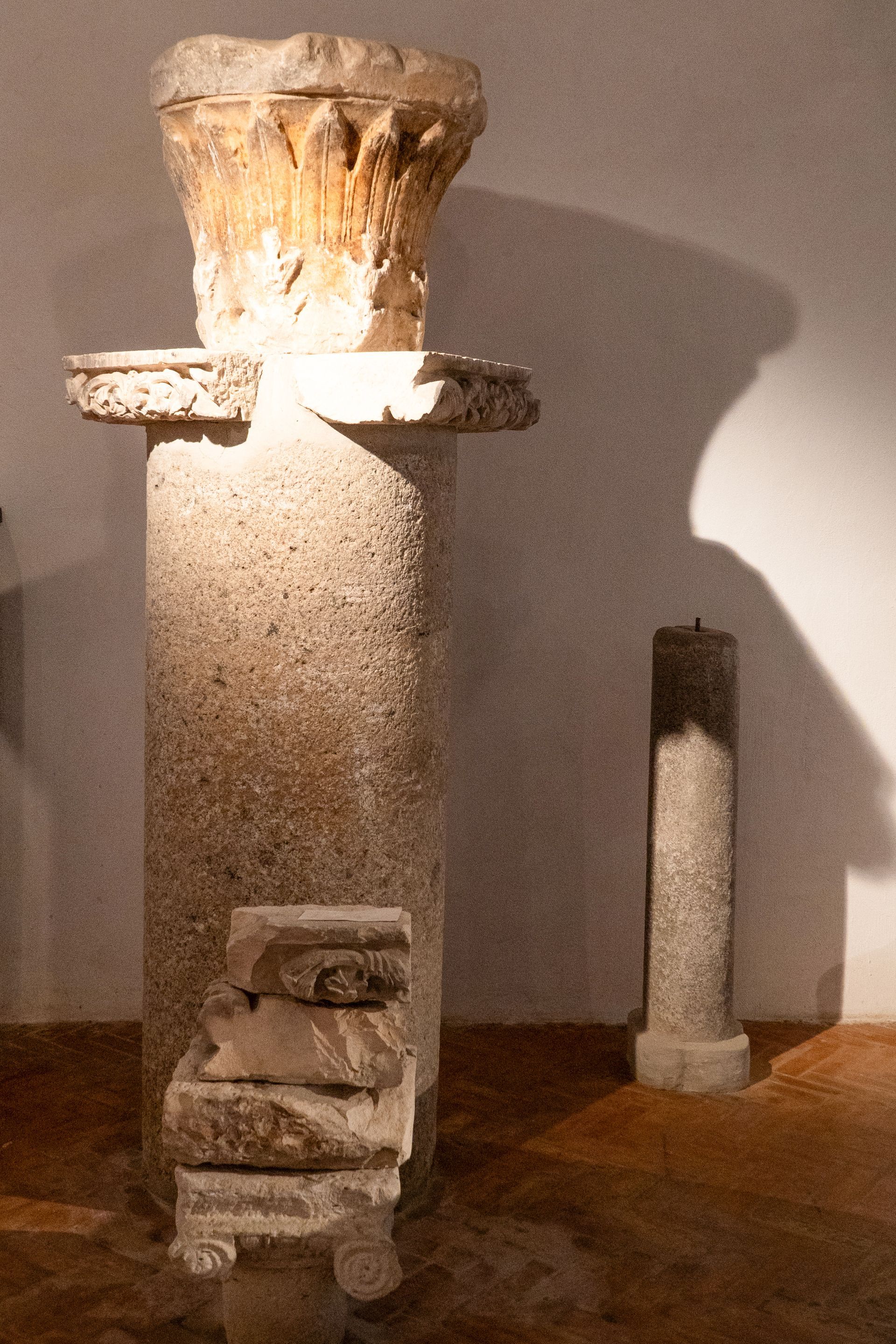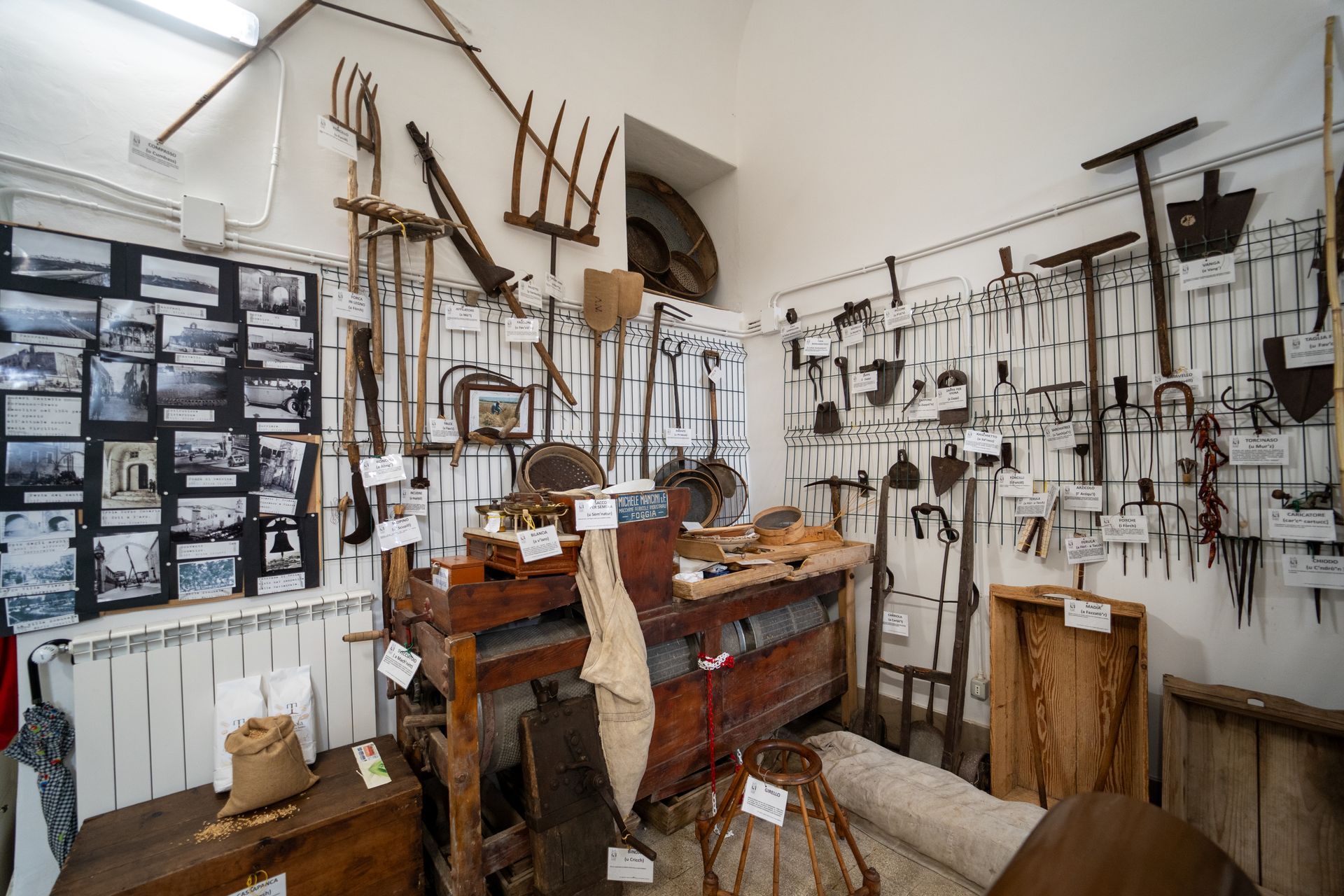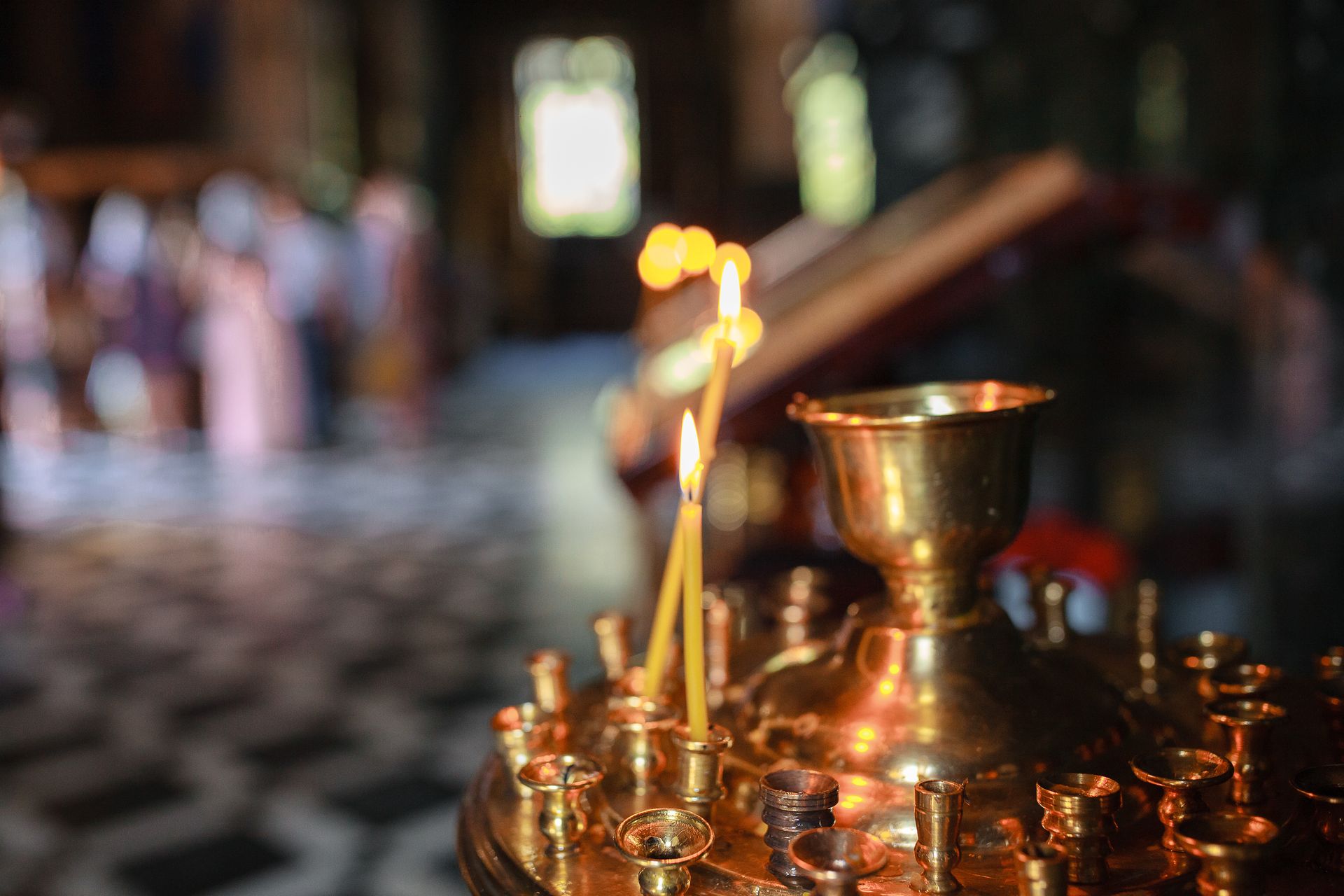
Millenary traditions rich in modernity
Troia is a city steeped in millenary culture and traditions that are reflected in every corner of its urban fabric and in the daily lives of its inhabitants. The deep roots of the city emerge in religious celebrations, such as the Feast of San Martino, the patron saint of the city, and the Feast of the Madonna del Carmine, which bring the community together in moments of prayer and festivity. Folk music and dance animate the squares during patronal festivals and local fairs, while the visual arts find a space in museums and art galleries that house works by local and international artists. Troian gastronomy, rich in authentic flavours and local ingredients, is a true expression of Apulian culinary traditions, with dishes like orecchiette with meat sauce and caciocavallo podolico delighting the palates of visitors. But beyond the tangible manifestations of culture, it is in the hospitality and warmth of the Troians that one discovers the true spirit of the city—a human warmth that welcomes visitors and makes them feel part of this rich and fascinating tradition.

MED - Diocesan Ecclesiastical Museum
A journey through Sacred History
The MED, Diocesan Ecclesiastical Museum of Troia, is an essential stop for those wishing to immerse themselves in the rich religious history of the city. Located within the Bishop's Palace, the museum houses a vast collection of sacred artefacts, works of art, and liturgical items that testify to centuries of devotion and spirituality. Among its precious exhibits, one can admire ancient relics, sacred paintings, sculptures, and liturgical vestments, offering a fascinating journey through the religious and artistic heritage of the Diocese of Troia. The museum is also a place of reflection and contemplation, where visitors can immerse themselves in the spirituality and beauty of the displayed works. With its wide range of artefacts and its evocative atmosphere, the Diocesan Ecclesiastical Museum of Troia represents a unique opportunity to explore the deep connection between faith, art, and history in the life of the Troian community.

The Civic Museum of Troia
Treasures of Local History
The Civic Museum of Troia is a fundamental stop for those wishing to learn about the history and culture of this fascinating Apulian city. Located in the historic centre, within the Palace of the Dukes of Monteleone, the museum houses a vast collection of archaeological finds, works of art, and historical artefacts that narrate the events of the Troian community over the centuries. Among its most significant exhibitions, one can admire items dating back to the Roman, medieval, and Renaissance periods, which testify to the strategic and cultural importance of Troia in the context of the ancient Via Traiana. The museum also offers interesting sections dedicated to local craftsmanship, peasant traditions, and sacred art, providing visitors with a complete immersion in the life and traditions of the area. Thanks to its rich variety of artefacts and its carefully curated exhibitions, the Civic Museum of Troia represents a valuable resource for understanding and appreciating the historical and cultural identity of this fascinating Apulian city.

The Chapter Museum
Cathedral Treasure Museum
The Chapter Museum, also known as the Cathedral Treasure Museum, is an extraordinary place that houses some of the most precious sacred treasures of Troia. Located within the Cathedral of Santa Maria Assunta, the museum offers an exceptional collection of liturgical objects, reliquaries, processional crosses, and sacred vestments, dating back to various historical periods. Among its most significant pieces are invaluable works of art created by master goldsmiths and local artisans, which testify to the wealth and devotion of the Troian community over the centuries. The museum also provides a fascinating overview of the religious history of the city, with exhibitions that recount the events of the cathedral and its faithful throughout time. Thanks to its rich collection and evocative atmosphere, the Chapter Museum represents a genuine cultural and spiritual gem of Troia, a place that invites visitors to immerse themselves in the beauty and spirituality of the local religious tradition.

The Museum of Rural Civilisation
The Museum of Rural Civilisation of the Municipality of Troia represents a fascinating journey into the agricultural past of the region, telling the daily life and traditions of rural communities. Located in the heart of the city, the museum welcomes visitors into a captivating environment, where everyday objects, agricultural tools, and testimonies of peasant life are carefully and thoughtfully displayed. Through various thematic sections, visitors can immerse themselves in the history and agricultural traditions of Troia, discovering cultivation techniques, the processing of local produce, and the habits of rural life. The museum offers a unique opportunity to understand and appreciate the cultural and social heritage of peasant communities, keeping alive the memory of their struggles and achievements.
Religious Festivities and Traditions of Troia

Rites of Holy Week
During Holy Week, from Maundy Thursday to Easter Sunday, the ancient streets of Troia come alive with evocative and centuries-old rites, established by Bishop Cavalieri back in 1702, becoming a precious cultural and spiritual heritage for the community. On the evening of Maundy Thursday, the Confraternities of the Annunciation, the Sorrowful Mother, the Most Holy Sacrament, and St. John of God gather after the Mass of the Lord's Supper for a prayer procession to the most significant churches in the city. On Good Friday, at dawn, five penitents dressed in white robes, hooded and barefoot, begin their procession from the Church of St. Basil the Great, each carrying a cross on their shoulders. This is just the beginning of a series of rites that culminate in the majestic "Procession of the Mysteries," which departs from the square in front of the Cathedral, evoking the Passion of Christ. Easter Sunday is the most moving moment, with the Procession of the Kiss, a symbol of redemption and rebirth, conveying an atmosphere of deep devotion and spirituality

Feast of the Patron Saints
Every year, from 18th to 20th July, Troia is adorned with celebrations in honour of its Patron Saints, Eleuterio, Ponziano, Anastasio, and Pope Urban I, who have watched over the city for centuries. These festivities commemorate the translation of the sacred relics that took place in 1105, when the three saints were brought from Tibera to Troia, an event that profoundly marked the history and identity of the Troian community. Alongside the already venerated Saint Secondino, they became the heavenly protectors of the city, uniting their intercessions for the prosperity and protection of its inhabitants. On the evening of 18th July, the five busts of the Patron Saints, masterfully crafted in silver by the Neapolitan school, are paraded through the streets, followed by a devoted and festive crowd. The next day, the solemnity reaches its peak in the Cathedral, where a solemn pontifical mass is celebrated by the bishop in an atmosphere of prayer and veneration. These days of celebration are a moment of profound spirituality and community joy, where tradition intertwines with devotion, paying homage to the sacredness of Troian history and faith.

Feast of Saint John of God
The veneration for Saint John of God has its origins in 1588, the year the Fatebenefratelli hospital was founded, marking the beginning of the cult of the saint and the Hospitaller Order of Saint John of God Fatebenefratelli. Patron of the sick, hospitals, and health, Saint John of God has been elevated to co-patron of the city of Troia, becoming a reference figure for the community. Every 8th of March, the city comes alive with festivities to honour its patron: the solemn procession sees the statue of the saint accompanied by a fervent crowd, while a fragment of his arm, a tangible symbol of his presence and intercession, is paraded. This day is a special occasion to renew devotion and gratitude towards Saint John of God, invoking his protection and benevolence over all those who suffer and seek healing and comfort.
Come and visit Troia, an Orange Flag village of the Italian Touring Club and a city of art

The meeting point between art, culture, and nature
MENU
Subscribe to the newsletter
Leave your email and subscribe to our newsletter
Contact us
Thank you for contacting us.
We will respond as soon as possible.
An error occurred while sending the message.
Please try again later.









